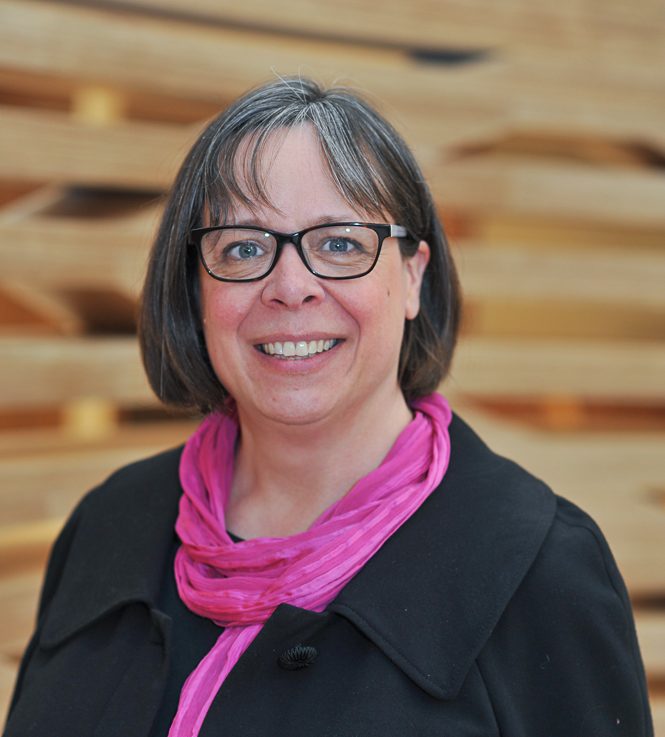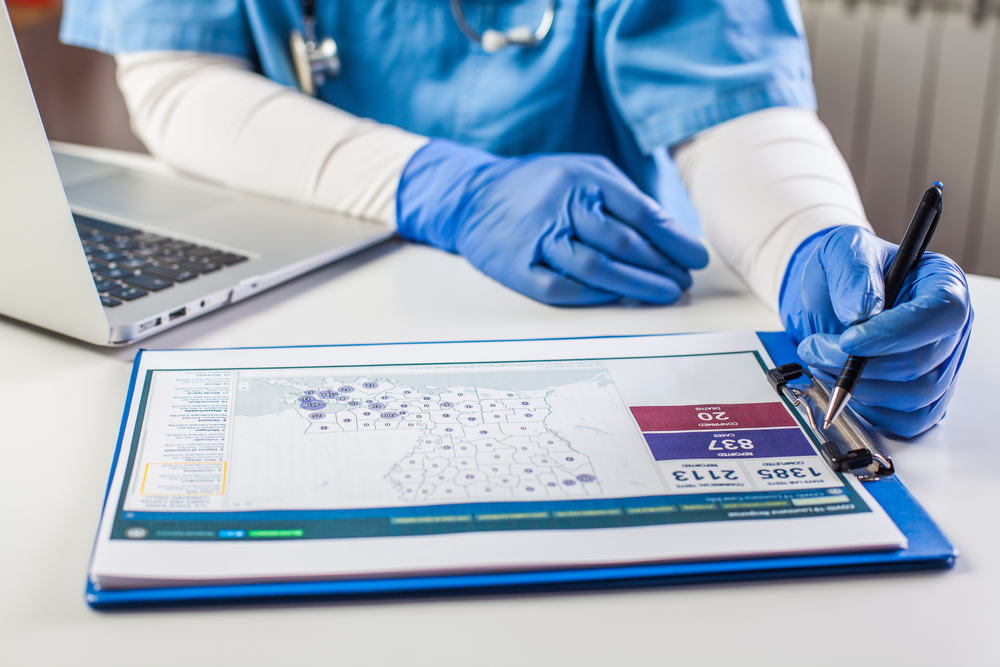This is a guest post from Dr Lucy McCloughan, Scientific Development Manager, HDR UK Scotland.
 It has been three years since I crossed Edinburgh from the “Old” Medical School at Teviot to the shiny new building NINE at Edinburgh BioQuarter campus in my role as eHealth Research Manager for the University of Edinburgh.
It has been three years since I crossed Edinburgh from the “Old” Medical School at Teviot to the shiny new building NINE at Edinburgh BioQuarter campus in my role as eHealth Research Manager for the University of Edinburgh.
During that time the landscape for health data research has changed hugely, and I am now very fortunate to be involved in the formation of a new research institute called Health Data Research UK Scotland, which has just been set up on the second floor of NINE. Health Data Research UK (HDR UK) was set up in the latter part of 2017 to transform health research by applying cutting-edge computational techniques to dynamic, multidimensional health-relevant data. While the head office is based in London, there are currently six collaborative sites across the UK, based in Wales & Northern Ireland, the Midlands, Cambridge, Oxford, London, and here in Scotland where we won a £5 million grant to run the site for 5 years (but with a view to extending this to 20 years and beyond).
I have been heavily involved in setting up the new Scottish site with our Director, Prof Cathie Sudlow, who is also head of the Centre for Medical Informatics at Edinburgh University. While we are co-ordinating the site from Edinburgh, it is an inclusive endeavour across Scotland, with key partners in the other five prestigious medical schools (at Glasgow, Dundee, St. Andrews, and Aberdeen Universities) as well as the leading school of pharmacy at Strathclyde University. Being located at NINE is critical to our success as we can “breathe the same air … and drink the same coffee” (as HDR UK Director Prof Andrew Morris puts it) with key partners from the NHS electronic Data and Innovation Service (eDRIS) and the Administrative Data Research Centre (Scotland) as well as colleagues from the wider University. Happily for me, the HDR UK Director and Chief Operating Officer also have space here, so there is no escape from my endless “daft questions” about the intricacies of budget models or new funding opportunities.
So what will we being doing with all this money? Working with the NHS, and led by collaborators across Scotland as well as within the University of Edinburgh, we will be focussing on four key research initiatives. The first to create a comprehensive national Scottish e-cohort by linking healthcare, administrative and environmental data across the entire Scottish population. The second will be to take routine healthcare data and to generate, at scale, clinically meaningful, high resolution health-related phenotypes from them. An example of this is seeing how well machine learning techniques can be used in clinical assessment and diagnosis in medical imaging. Our third research initiative aims to develop computational tools needed to routinely apply genetic and environmental data to whole populations. An example of this is developing methods to build predictive and causal models of specific cancers. Our final theme is precision therapeutics, which aims to evaluate drug outcomes in a real-world setting, in order to predict non-response to drugs and to predict adverse drug outcomes.
HDR UK Scotland only started in April and great progress is already being made. In Scotland we have appointed seven of HDR UK’s 44 UKRI/ Rutherford fellows (three of whom are based at Edinburgh BioQuarter). This investment in the critical mass of interdisciplinary skills is expected to develop the future leaders in research and has been further capitalised on at a UK level, with the appointment of a new Capacity Building team. In terms of making this a truly UK-wide initiative, work has already started on ensuring that the current HDR UK sites work closely together and to minimise silo working. This has included a two-day scientific retreat, where once we all got to know each other after a very energetic “speed dating” session, we got down to the more serious business of working out how we will work with other sites in a series of cross-site workshops. This will be aided by the carrot of £3 million to support cross site working which will be the first major piece of work we do.
Inevitably, this cutting-edge activity can’t be achieved without a world class data infrastructure. Work is already underway to agree the data and compute infrastructure requirements which will satisfy all of the HDR UK partners. It is expected that this will be bolstered by a UK wide investment in capital infrastructure being led by HDR UK within the next year, and in the longer term, through the Digital Innovative Hubs programme.
So, with a potential horizon of 20 years, HDR UK Scotland is likely to be a major player at Edinburgh BioQuarter as it develops … and indeed a major partner for the many other clinicians, life sciences companies and health and bioinformatics research institutes that the come together across the site.




